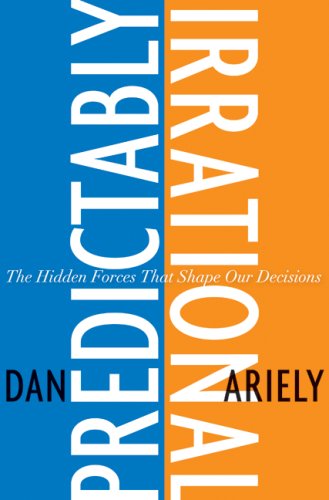I went to
Mind the Product conference in SF last month. My company sponsored a booth to do some brand marketing and PM recruitment.
The event was hosted at Davies Symphony Hall which is a concert hall with one seating area. The event sold out weeks ago, and the auditorium was packed at the keynote. There was only one track, here it is:
I sat through all the talks, mostly because it was not so easy to get in and out of the auditorium. We do live in a torrential downpour of TED talks and product advice books these days, so the bar is fairly high for good curation. It is clear that there is pent up demand for a conference such as this given the audience size, however the hosting organization is still in early days and the program quality shows. I would like to point out two particular talks that stood out for me though, and a third you might want to
get a listen to yourself.
Ken Norton
Ken Norton is a partner at Google Ventures. His opening keynote compared a Product Manager first to an orchestra conductor, then, more aptly to a jazz musician. He’s an incredibly good storyteller and his jazz analogy played well in the concert hall conference space. I am a huge fan of Ella Fitzgerald period music. So he resonated very well with me when he pointed out that Ella’s version of
Mack the Knife was actually a happy accident of forgotten lyrics. Because the band / team was so in tune with each other, they continued to improvise their way to a Grammy winning live recording. He gave an example of a Miles Davis recording to illustrate that “the only mistakes were the opportunities that were not taken,” referring to an accidental cymbal crash that launched a perfect trumpet solo. The (product) creation process is messy and uncomfortable, and a team that tunes into each other and let each other solo will come out with a Grammy.
Abby Covert
Abby Covert is an IA consultant, helping her clients untangle information architecture messes. My team is facing just such a challenge with
DAC right now. So I found her talk compelling. My most memorable analogy from her was the pizza example. Imagine you’re drawing a diagram to show aliens how to make pizza. Something like this will probably leave them scratching their heads:
She suggested a diagram that shows both the process and the results. Like this:
Her other main tips were:
- Language matters
- How many duplicative nouns and verbs are you dealing with? Your goal is not to decide on one, but to actively decide how many are appropriate. Make a glossary.
- There is no right way.
- Classifying eggplant and tomatoes as fruit in an online grocery delivery service reduced sales on those items. Instead classify them as vegetables. Often word choice is not a matter of taxonomy, but rhetoric.
- Draw a picture
Des Traynor
Des Traynor is the co-founder of Intercom. His talk was on survival, and the idea that your product is already out of date, right now, as we speak. He was full of good tips, observations of general technology trends and comedic timing. I recommend watching to get the full effect, whenever the conference organizers post the talks. Here are some highlight points:
- Your product is not a set of screens. It is not a single destination but part of a system. Where and how your users interact with your system will always change. Plan for it.
- Every time you see a new upstart, the urge is to laugh at it. The GPS industry did and and Google maps had the last laugh (for now). It can happen to you. The main question you need to ask when you see an upstart: Does [new technology] make it cheaper, faster or easier for our customers to make progress in their lives? If you see it coming from far enough, hustle and pivot.
- Three main trends he sees are:
- Integrations
- Software tools are now part of a wider network of capability. If you’re not connected, you’ll be rejected.
- Spot on! My work on Atlassian Marketplace rides this trend by enabling a network of tools for Atlassian customers
- Artificial Intelligence
- Computers can learn in seconds what we can learn in a lifetime. Companies with data that can be used to train computers will have the edge in the upcoming race.
- Messaging
- You product needs to part of the conversation. Selling pizza? You need to suggest it when two friends are on Facebook messenger chatting about dinner plans. It’s called conversational commerce.
So how was the conference? From talking to other attendees, it seems about 20% of the talks were worth it, which is probably near or just below average. Conferences like this are for networking, and networking opportunities is an area for improvement. There were no meet-and-greet areas, birds-of-a-feather lunches, or walls of sticky notes to bond over. And you know how Product Managers love sticky notes. The conference promoted a tinder-for-networking app, which did not yield a single match for me, since only about 30 people logged in. There is much to improve upon next year. They’ve clearly struck gold in terms of market demand, and I imagine it can only get better from here.
















